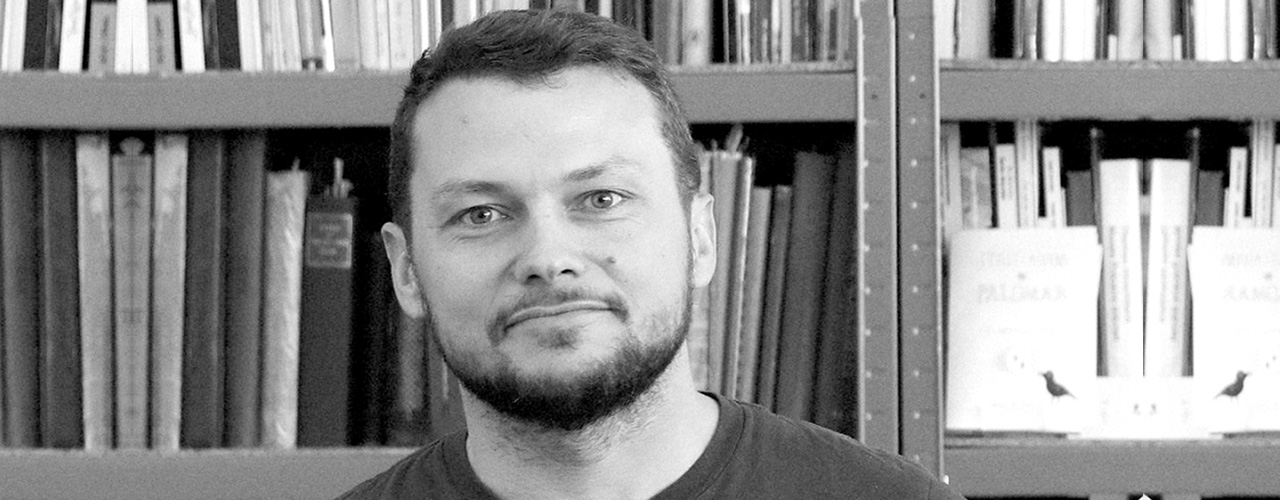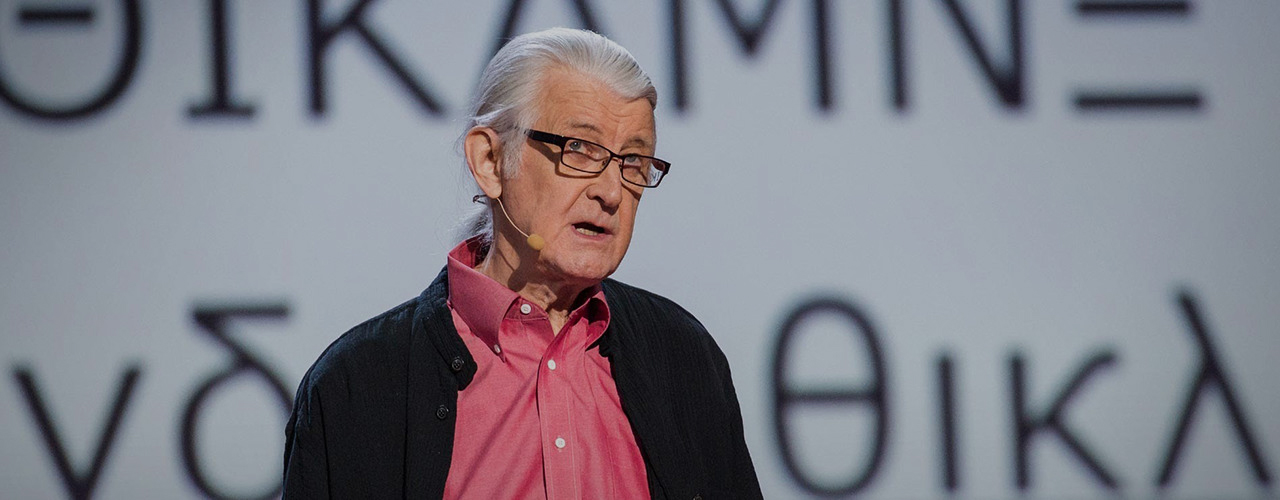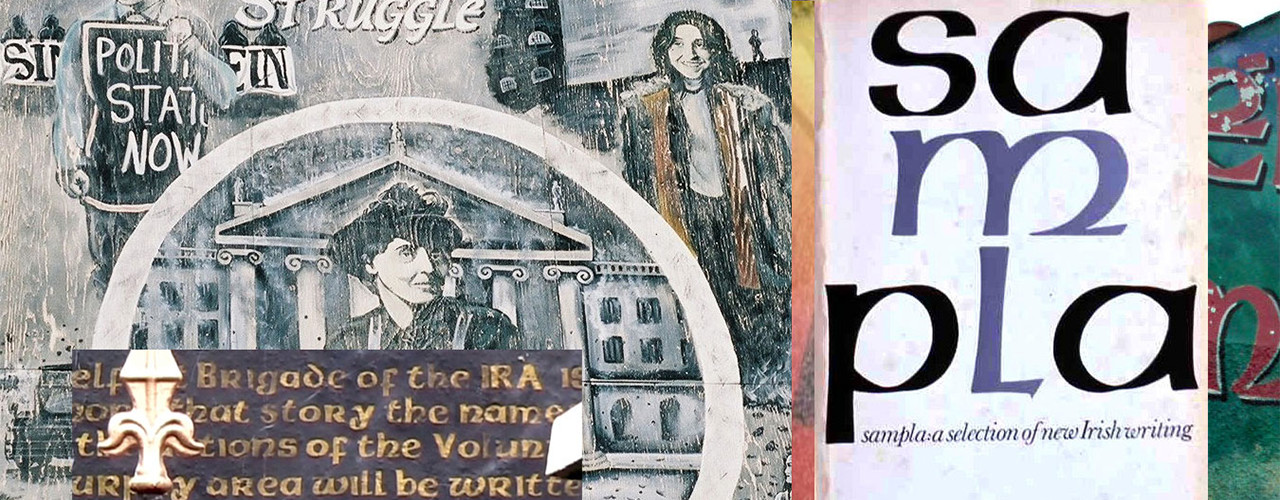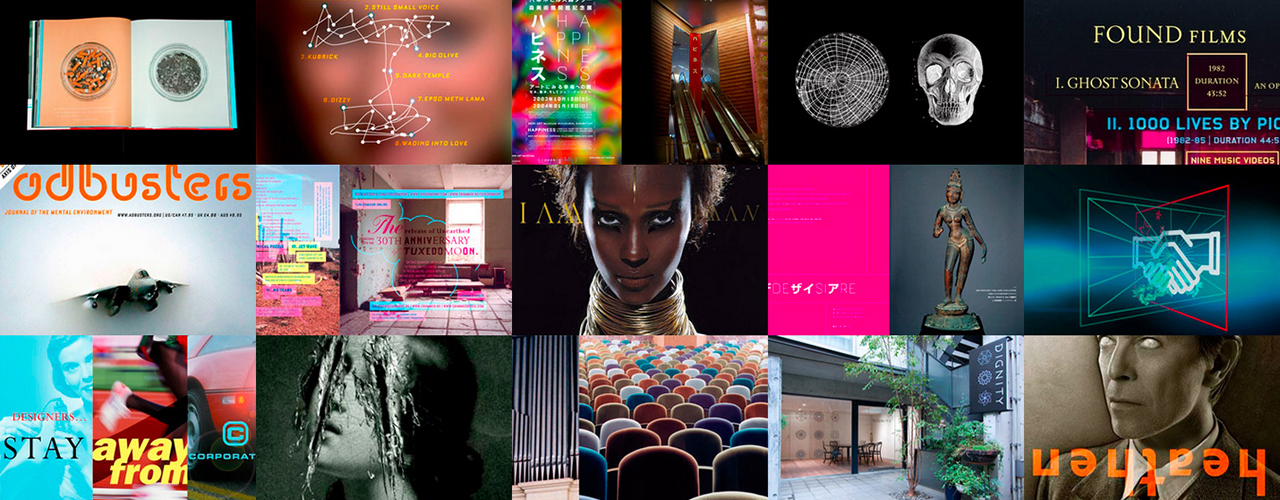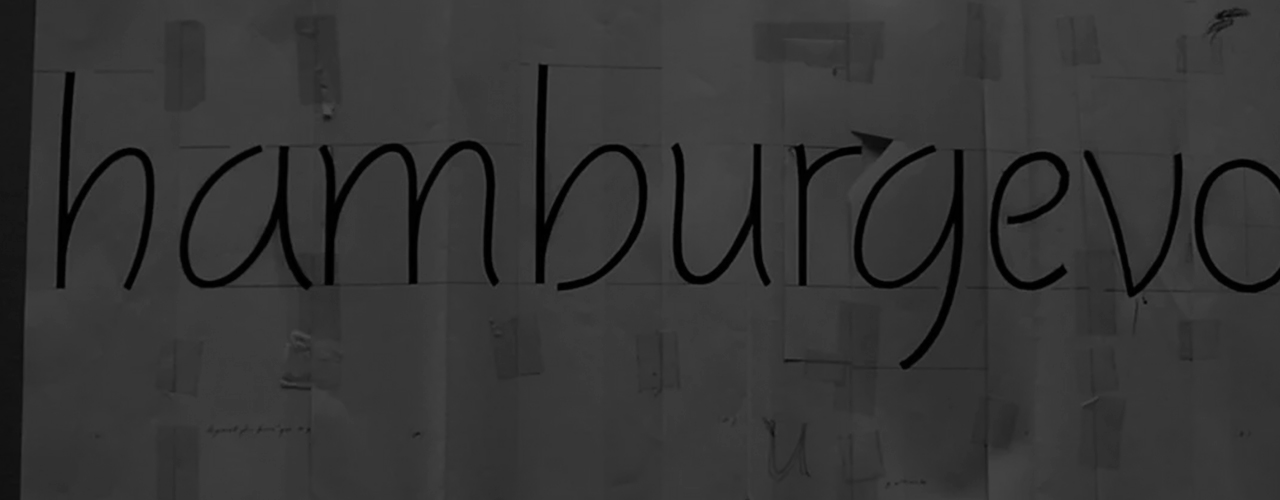That is the question, among some others, that one will try to answer during a presentation that talks, breathes and lives for type without displaying much letterforms. Jean-Baptiste Levée will evoke the fundamental notions of typeface design, such as rythm, harmony and light. He will encompass the essential but barely documented questions that animate the practice of contemporary type design, with the help of parallels traced with engineering, mathematics, conceptual art, and endurance sports.
Jean-Baptiste Levée works methodically in a process where history and technology are approached altogether within the nuances of artistry. He manufactures functional, yet versatile digital platforms for designers to build upon.
Levée has designed over a hundred typefaces for industry, moving pictures, fashion and media. His work has won multiple awards and has been shown internationally in group and solo shows. It is featured in the permanent collections of the French national library (BnF), the Decorative Arts museum of Paris and the National Center of arts (Cnap); of the Newberry Library in Chicago, and several printing museums in Europe. He is a board member at ATypI (Association Typographique Internationale), honorary counselor of the Letterform Archive (San Francisco), and consults as a design expert advisor for the French Public Investment Bank (BPI) where he is contributing to the spread of design in innovative businesses. He is a partner in tech startup Prototypo. Levée teaches typeface design at the Amiens school of Arts & Design and at the University of Corte.
productiontype.com >>